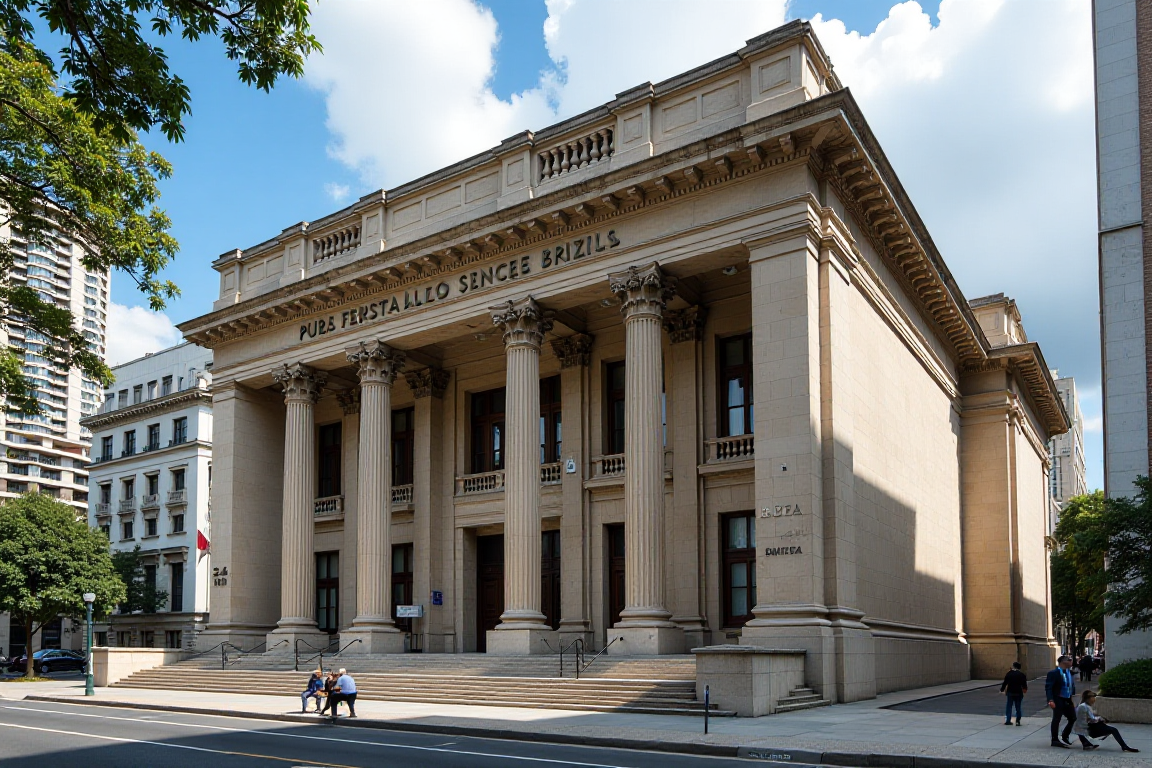Brazil’s current accounts showed a deficit of US$5.1 billion in October, according to Central Bank data issued on Tuesday.
The shortfall shrank from the US$7.4 billion deficit reported in the same month in 2024, owing primarily to improved trade performance, which helped offset persisting difficulties in other components of the balance of payments.
The country’s current account deficit reached US$76.7 billion in the fiscal year ending in October, accounting for 3.48% of GDP, a little improvement from September’s deficit of 3.61%.
The trade balance, generally the most steady component of Brazil’s external accounts, was once again critical in preventing a wider gap.
The month’s US$6.2 billion surplus was nearly double the US$3.2 billion surplus reported a year ago.
Exports totalled US$32.1 billion, an 8.9% increase from October 2024. Imports, meanwhile, fell 1.3% to $25.9 billion.
The combination of higher overseas sales and lower demand for imported items helped to balance deficits in other areas, particularly services and primary income.
The service account is still deep in the red despite improvements in transport
The services account remained a chronic drag, with a US$4.4 billion deficit in October, which was unchanged from the same time the previous year.
While transportation services had some relief, with the deficit falling 18.5% to US$1.3 billion, other sub-accounts expanded significantly.
The international travel deficit increased 14.5% to US$1.3 billion. Brazilians spent $1.9 billion abroad, and the country got $573 million from foreign tourists.
Intellectual property services also weighed more heavily on the balance sheet, with a US$995 million loss, a 35.6% rise.
Telecommunications, computers, and information services experienced the fastest negative growth, increasing 142% to US$591 million.
These increases more than offset the transportation improvements, leaving the total services balance solidly negative.
Stronger FDI inflows ease pressure; portfolio investments rebound
Foreign direct investment was a bright point. FDI inflows were US$10.9 billion in October, far exceeding the US$6.7 billion recorded a year earlier.
Equity ownership was US$10.1 billion, including $6.6 billion in fresh investments and $3.5 billion in reinvested earnings.
Intercompany loans totalled $855 million. Over the 12 months, accumulated FDI totalled $80.1 billion, or 3.63% of GDP.
Portfolio investments also increased, with a net inflow of US$3.2 billion, driven mostly by demand for debt securities.
Reserves edge higher; Central Bank updates crypto asset classification
Brazil’s international reserves finished October at $357.1 billion, up $521 million from the previous month.
The increase was fueled by US$809 million in interest income and US$736 million in price gains, which were slightly offset by US$1 billion in spot-market currency sales and exchange-rate effects.
The Central Bank also announced a methodological modification affecting how cryptocurrency transactions are documented.
Under the new methodology, crypto assets without an issuer, such as Bitcoin, are classified as non-financial assets, but crypto assets with an issuer, such as stablecoins, are now classified as financial assets.
The update brings Brazil’s data in line with the most recent version of the IMF guideline.
The post Brazil narrows external deficit as trade surplus strengthens in October appeared first on Invezz

